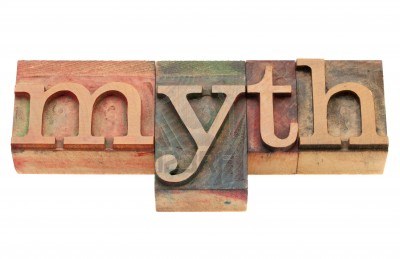Today’s article was written by guest author Naomi Broderick.
“Ethics is nothing else than reverence for life.”
-Albert Schweitzer (1875-1965)
“Grub first, then ethics.”
-Bertolt Brecht (1898-1956)
When preparing ourselves for emergencies, rarely do we make accommodations for anyone outside of our household. And this isn’t necessarily selfish; survival for ourselves and our families is an instinctual drive. When attempting to make a home as sustainable as possible with enough resources and security measures, it can be complicated and costly to consider anyone outside of our households.
For many, the primary issue is of trust. When a widespread crisis strikes, self-preservation is the same force that motivates a prepper’s caution as it does a looter’s thieving. It can be difficult to trust even the kindliest strangers at the precipice of an emergency, which is why preppers are often unfairly characterized as being selfish or “paranoid.” But when it comes to the welfare of others, it can be all too easy to justify isolation.
Some ideas that might cross the mind are:
- “Why should my family share our resources when I was the one who made the sacrifices to prepare for this?”
- “What if sharing my resources now means that I can’t support my family later on?”
- “How can I be sure they don’t represent a threat to my family?”
- “Why should I owe anything to a stranger at my doorstep?”
And these are all valid concerns in deciding whether or not to come to the aid of someone standing at your door during times of emergency. Feelings of indignation and guilt alike are perfectly reasonable reactions when refusing or ignoring the needs of others when your family’s welfare is on the line. But is refusing to help others, even out of concern for ourselves and our families, morally right?
Scarcity vs. abundance
It is often said that morality is only possible when survival isn’t an issue. Others consider survival a moral right, and that any necessary measures to survive is justifiable. No matter your school of thought, it’s clear that the scarcity of resources and the impact that this has on your ability to survive is an issue when considering the morality of helping others.
Before passing judgment on yourself or others for certain behaviors during crises, consider how resources, needs, and wants motivated their behavior. In the eyes of most individuals, a looter who scours the remains of a supermarket for food to feed their family is more morally righteous than one who broke into someone’s abandoned home to steal a television. Generally, we grant more lenience in judging those with fewer resources who are fulfilling their needs rather than their wants.
Similarly, whether or not the refusal to aid others is “right” largely depends on the scarcity of your resources. If one has vast stores of food, faces a short-term crisis such as natural disaster or terrorist threat, and yet still refuses to aid seemingly harmless strangers, where does this person stand morally? I believe most would agree that this stance is not justifiable. However, some might argue that it isn’t possible to determine who represents a threat.
The risk of charity
It’s natural to fear the unknown. As children, most of us are taught about “stranger danger” and the risks associated with placing trust in someone you haven’t met. There is no surefire way to tell who is trustworthy, what ulterior motives an individual might have, and unknown risks that they might introduce in your home. Especially in incidents of contagious disease outbreak, suspicion of others is a logical extension of self-preservation. Whether or not giving into the fear of the unknown is morally justifiable is a difficult question, and depends entirely on the eye of the beholder.
The true decider of morality in these circumstances is intent. I believe that no prepper should be indicted for refusing to help others when the safety of their home is a potential casualty. In fact, the opportunities in which I’ve had the chance to meet and talk with fellow preppers have proven to me that they’re frequently among some of the most compassionate and concerned individuals for the safety of their household, neighborhood, and country.
What are your thoughts about the morality of helping others during crises in which scarcity is an issue?
This is a contribution from Naomi Broderick, a stay-at-home mother and prepper who lives in the great rural Northwest. She currently writes with Protect Your Home, who provides security in Phoenix, Arizona





 Repair your clothing: Repair rips and tears in your clothing by slipping a piece of tape inside the rip, sticky side out, and carefully pressing both sides of the rip together. The repair will be barely detectable.
Repair your clothing: Repair rips and tears in your clothing by slipping a piece of tape inside the rip, sticky side out, and carefully pressing both sides of the rip together. The repair will be barely detectable.






